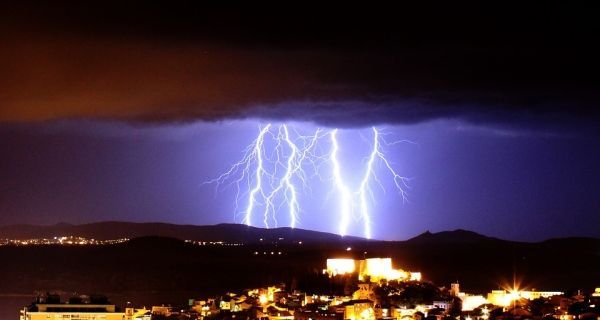A geostationary hyperspectral infrared sounder can provide significant support to meteorologists to improve local severe-storm forecasting, according to Dr. Jun Li, Distinguished Scientist at the Space Science and Engineering Center of the University of Wisconsin–Madison, and one of the authors of a recently published study.
Accurate atmospheric temperature and moisture information with high temporal/spatial resolutions are two of the key parameters needed in numerical weather prediction (NWP) models to reliably predict high-impact weather events such as local severe storms. A high spectral resolution infrared sounder from geostationary orbit can provide an unprecedented source of near time-continuous, three-dimensional information on the dynamic and thermodynamic atmospheric fields—an important benefit for nowcasting and NWP-based forecasting. Li et al. (2018) demonstrate the added value of geostationary-based high spectral resolution infrared sounder measurements on local severe storm forecasts through a quick regional OSSE (Observing System Simulation Experiment).
“Accurate atmospheric temperature and humidity information with high temporal and spatial resolution is a key parameter for predicting local severe storms with numerical weather prediction models,” says Dr. Li. “A high spectral resolution infrared sounder at geostationary orbit can provide near time-continuous, three-dimensional atmospheric thermodynamic information. This unprecedented information on the vertical structure of the atmosphere is important for nowcasting and forecasting high-impact weather events.”
Read more at Institute of Atmospheric Physics, Chinese Academy of Sciences
Photo Credit: Tom1000 via Pixabay


